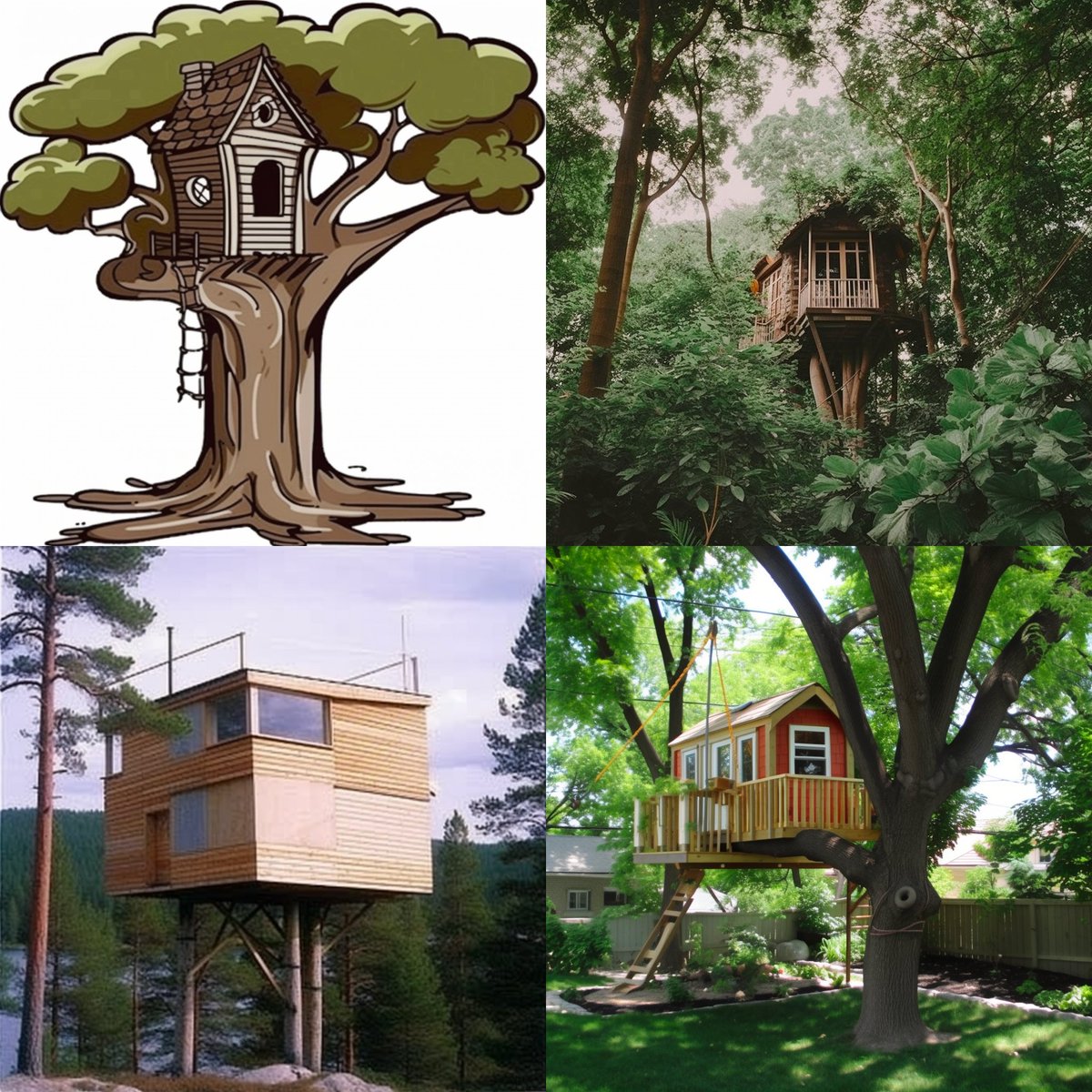1/ 🚀 Runway's groundbreaking #Gen1 is here!
@runway has the tech, the network, and the community to reshape the online video landscape.
Here's why we should get ready...
🧵👀
@runway has the tech, the network, and the community to reshape the online video landscape.
Here's why we should get ready...
🧵👀
2/ 💡 @runway has been developing AI video tools since 2018 and garnered support from content creators and major movie/TV studios. 🎬
And in 2021, they teamed up with @LMU_Muenchen to develop the first version of #stablediffusion 🤯
technologyreview.com/2023/02/06/106…
#AICinema #AiArt
And in 2021, they teamed up with @LMU_Muenchen to develop the first version of #stablediffusion 🤯
technologyreview.com/2023/02/06/106…
#AICinema #AiArt
3/ 🌐 During #Gen1's development, @runwayml partnered with researchers, filmmakers, and an amazingly creative community 🚀 #aicinema
https://twitter.com/wildlands_me/status/1640373933613408257?s=20
4/😯 The possibilities are virtually endless ...
https://twitter.com/esmondo_/status/1640419842271395859?s=20
5/🤩 #Gen1 is the beginning of an exciting new future of AI-generated videos, in which most online content will be, to some degree, AI-generated or -assisted. 🔥🔥
https://twitter.com/thedorbrothers/status/1640361391080054785?s=20
6/💡 And there's so much more to discover! 🌸 Enjoy the #Gen1 feed ...
https://twitter.com/afredenucci_/status/1640481921854500868?s=20
7/👏 Remember: they have the tech, the network and the community. #Gen2 has already been announced.
research.runwayml.com/gen2
research.runwayml.com/gen2
If you want to follow my explorations into AI & creativity, follow me: @tristwolff
Or sign up for my weekly newsletter: fabulous-maker-2733.ck.page/da150f448e
Or sign up for my weekly newsletter: fabulous-maker-2733.ck.page/da150f448e
• • •
Missing some Tweet in this thread? You can try to
force a refresh

 Read on Twitter
Read on Twitter


















